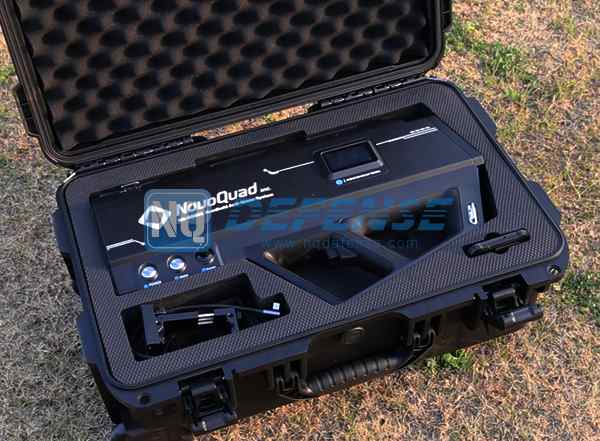
Antenna is used to transmit or receive electromagnetic waves and is one of the most critical components in radar system. The antenna structure shall ensure that the antenna is functional under any environmental conditions. Antenna radome is used to protect antenna in harsh environment.
The fundamental performance of the radar system is proportional to the product of the antenna area and the average transmitted power. Therefore, the investment in the antenna would have a significant effect on the performance of the radar system. Antenna usually has two different shapes:
- Parabolic dish antenna
- Array Antenna
Antenna gain is an important characteristic when the antenna is solely used for transmitting or receiving purpose. Some of the antenna radiation sources radiate energy uniformly in all directions, which is called isotropic radiation.
The radiation energy forms a radiation field with a certain radiation pattern. Radiation pattern is a method of plotting the radiation energy. Radiation energy is measured at different angles and at constant distance from the antenna, whose shape depends on the design of the antenna. Generally, radiation pattern consists of the following three parts.
- Main Lobe: the area around the maximum radiation direction (usually, it is the area within 3dB of the main beam peak).
- Side Lobes: smaller lobes far from the main lobe. These side lobes usually represent unwanted radiation in undesired directions and can never be eliminated. The sidelobe level is an important parameter to characterize the radiation pattern.
- Back Lobe: lobe in the opposite direction to the main beam.
Directivity of an antenna is defined as the degree to which the antenna concentrates the radiated energy in the desired direction. Although most of the energy is concentrated in the “Main Lobe”, energy will radiate along with other directions whatsoever. What attracts more attention is the “Side Lobes” and the ratio of the “Main Lobe” energy to the “Side Lobes” energy.
Antenna gain is associated with the antenna’s capability of directing the radiated power in a specific direction. Antenna gain describes the degree to which an antenna concentrates radiated power in a given direction, and is therefore closely related to the antenna pattern. In general, the narrower the “Main Lobe” and the smaller the “Side Lobes” of the antenna pattern, the higher the gain.
In general, since the “Side Lobes” and “Back Lobe” will cause energy loss, a power supply of 100W will not provide the antenna 100W of radiant energy in the “Main Lobe” direction. Ideally, the antenna designer would want the energy to be more concentrated in the “Main Lobe” direction. In general, the narrower the “Main Lobe” and the smaller the “Side Lobes” of the antenna pattern, the better the radiation performance of the antenna and the higher the energy utilization efficiency.
ND-BD003, as a Handheld Anti-Drone System, its antenna design has been specially optimized to reduce the energy loss caused by “Side Lobes”, so that more energy will be concentrated in the “Main Lobe” direction. Compared with similar products in the market, ND-BD003 has a better interference effect given the same transmitting power.
To learn more about our Anti-Drone System features and specifications, please click the link below.
